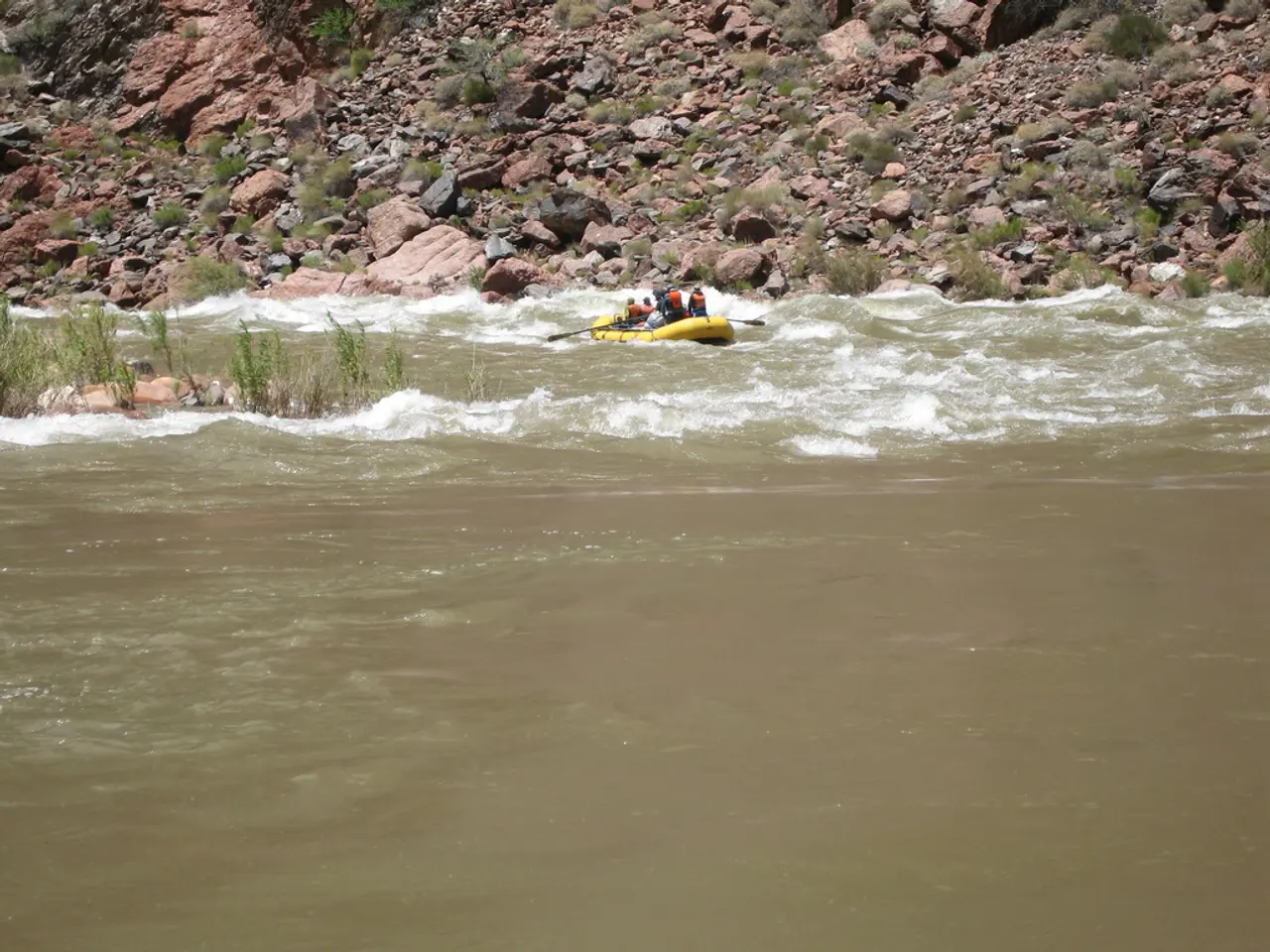Florida's National Parks Catalogue
Florida, known for its sunny beaches and vibrant cities, is also home to a diverse array of national parks that offer a unique blend of history, wildlife, and natural beauty. Here's a snapshot of some of these treasures.
Big Cypress National Preserve, nestled in southern Florida, is a critical watershed that supports the health of the Everglades and provides a habitat for the endangered Florida panther. This diverse landscape, spanning over 1.5 million acres, is renowned for its unique ecosystem comprising mangroves, sawgrass marshes, and sloughs.
Just north of St. Augustine, Fort Matanzas National Monument protects a historic Spanish fort built in 1742. Visitors can explore this well-preserved fort and learn about its role in the region's history.
Florida boasts 11 national parks in total. Biscayne National Park, located near Miami, covers 172,000 acres, with 95% of it being water. This marine paradise features vibrant coral reefs, seagrass beds, and mangrove forests.
Everglades National Park, another Florida gem, is famous for its unique ecosystem and spans over 1.5 million acres. It's a haven for wildlife, including manatees, dolphins, and a variety of bird species.
Fort Caroline National Memorial, near Jacksonville, preserves the history of a short-lived French colony established in the 16th century.
Timucuan Ecological & Historic Preserve, located in Jacksonville, is a sanctuary for wildlife and offers attractions such as Fort Caroline National Memorial, Kingsley Plantation, and the Ribault Club. Covering over 46,000 acres, it encompasses wetlands, waterways, and historic sites.
Dry Tortugas National Park, situated approximately 70 miles west of Key West, is a significant birdwatching site, especially during the spring migration when thousands of birds pass through.
Gulf Islands National Seashore extends across the coastal regions of Florida and Mississippi, protecting some of the nation's most pristine and scenic beaches.
Canaveral National Seashore, on the east coast of Florida, is a sanctuary for wildlife, including sea turtles that nest on its beaches. It spans 24 miles of pristine barrier island beaches, dunes, and lagoons.
De Soto National Memorial, located in Bradenton, commemorates the 1539 landing of Spanish explorer Hernando de Soto and his expedition into the southeastern United States.
For more information and detailed contact details for these national parks, we recommend visiting the official National Park Service (NPS) websites. Some parks have multiple entrances and visitor centers, each with different activities or points of contact, so it's essential to visit the specific park's website for the most current and detailed contact information.
For additional support related to Florida State Parks, you may contact the Florida State Parks Foundation, Inc. This nonprofit helps support Florida parks but is not a direct government agency managing national parks.
Remember, some parks may have alerts or closures, so it's always a good idea to check the official NPS website for alerts and closures before planning your visit: https://www.nps.gov/planyourvisit/alerts.htm.
Lastly, for those planning a trip, a Florida National Parks Map can be found online. Whether you're a history buff, a nature lover, or simply seeking a unique adventure, Florida's national parks offer a wealth of experiences waiting to be discovered.
- The Big Cypress National Preserve, found in southern Florida, is a significant watershed that sustains the Everglades and serves as a habitat for the endangered Florida panther.
- A snapshot of Florida's treasures includes Fort Matanzas National Monument, located north of St. Augustine, which protects a 1742 Spanish fort and offers insights into the region's history.
- Florida contains 11 national parks in total, including Biscayne National Park, near Miami, which covers 172,000 acres, with 95% of it being water.
- Everglades National Park, another Florida gem, is renowned for its unique ecosystem and spans over 1.5 million acres, making it a haven for wildlife such as manatees, dolphins, and various bird species.
- Fort Caroline National Memorial, near Jacksonville, safeguards the history of a 16th-century French colony, while Timucuan Ecological & Historic Preserve, located in Jacksonville, is a wildlife sanctuary with attractions like Fort Caroline and Kingsley Plantation.
- Dry Tortugas National Park, located 70 miles west of Key West, is an important site for birdwatching, particularly during the spring migration.
- Gulf Islands National Seashore stretches across Florida and Mississippi, preserving some of the nation's most pristine beaches and scenic coastlines.
- Canaveral National Seashore, situated on the east coast of Florida, provides refuge for wildlife, including sea turtles that lay their eggs on its beaches.
- De Soto National Memorial, located in Bradenton, celebrates the 1539 landing of Spanish explorer Hernando de Soto and his expedition into the southeastern United States.
- To learn more about these national parks, including contact details and entry points, visit the official National Park Service (NPS) websites.
- For additional assistance related to Florida State Parks, contact the Florida State Parks Foundation, Inc., a nonprofit that helps support Florida parks.
- Ensure to check the official NPS website for alerts and closures before planning your visit to avoid any inconveniences: https://www.nps.gov/planyourvisit/alerts.htm.
- For a hassle-free exploration of Florida's national parks, consider using a Florida National Parks Map, which can be found online.
- Whether you're a history buff, nature lover, or adventure-seeker, Florida's national parks offer a diverse range of experiences waiting to be discovered.








